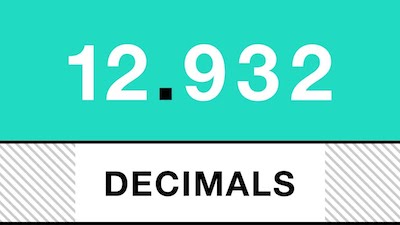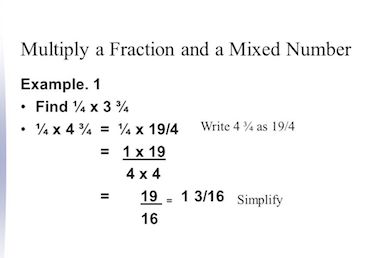More people than ever are struggling to control their weight as obesity became a growing epidemic. It is thought that Increased portion sizes contribute to overeating and unwanted weight gain.
According to the research, it is proven that many factors can influence how much you eat.
People have a tendency to eat almost all of what they serve themselves. Hence, by controlling portion sizes, one can prevent overindulging.
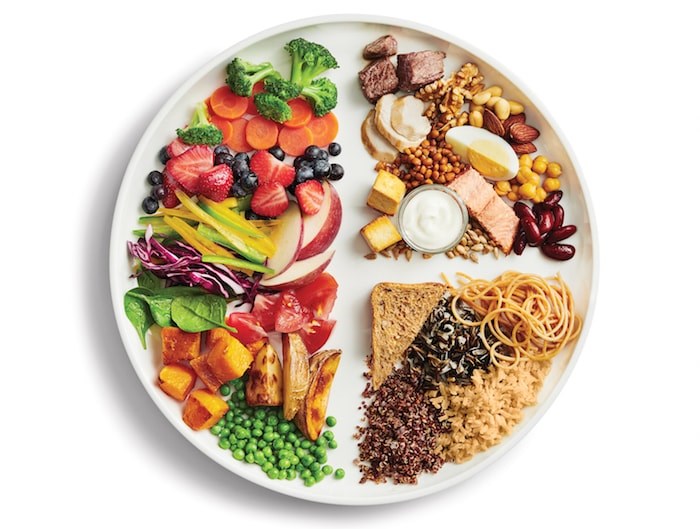
Here are useful tips to measure and control portion sizes at home, as well as on the go:
Tip #1 – Try to Use Smaller Dinnerware
The sizes of plates, spoons, and glasses can unconsciously impact how much food someone consumes.
For instance, food can appear smaller when using large plates which usually leads to overeating. Therefore, switching your usual plate, serving spoon, or bowl for smaller ones can decrease your food intake and prevent overeating.
The majority of people feel just as full having eaten from a smaller plate as from a large one.
If you want to use the Decimal to Fraction Calculator for free click here
Overview
By using smaller glasses or dishes you can lower the amount of drink or food you
consume.
Tip #2 – Use Your Plate as a Portion Guide
Try to use your plate or bowl as a portion control guide if measuring or weighing food is not appealing.
This can help you define the optimal macronutrient proportion for a well-balanced meal.
Below is a rough guide for each meal:
1) Vegetables or salad: Half a plate
2) High-quality protein: Quarter of a plate — this includes meat, poultry, fish, eggs, dairy, tofu, beans, and pulses
3) Complex carbs: Quarter of a plate — such as whole grains and starchy vegetables
4) High-fat foods: Half a tablespoon [7 grams] – including cheese, oils, and butter
Remember that people have different dietary needs, so this is a rough guide. For instance, individuals who are more physically active usually need more food.
Salads and vegetables are naturally high in fiber and other nutrients but low in calories, so filling up on these may help you evade overconsumption of calorie-dense foods.
Some manufacturers sell portion-control plates if you want additional guidance.
Overview
Using a plate as a guide for portion control can help you restrain total food intake. Based on different food groups you
can divide your plate into sections.
Tip #3 – Use Your Hands as a Serving Guide
Simply using your hands can be another way to measure appropriate portion size without any measuring tools. Your hands typically correspond to your body proportions, bigger people who need more food usually have bigger hands.
Below is a rough guide for each meal:
1) High-protein foods: A palm-sized serving for women and two palm-sized portions for men — such as meat, fish, poultry, and beans
2) Vegetables and salads: A fist-sized portion for women and two fist-sized portions for men
3) High-carb foods: One cupped-hand portion for women and two for men — such as whole grains and starchy vegetables
4) High-fat foods: One thumb-sized portion for women and two for men — such as butter, oils, and nuts
Check out Percent to Fraction Calculator here
Overview
For portion sizes, your hands can be a helpful guide. Various food groups correspond to various parts and shapes of your hands.
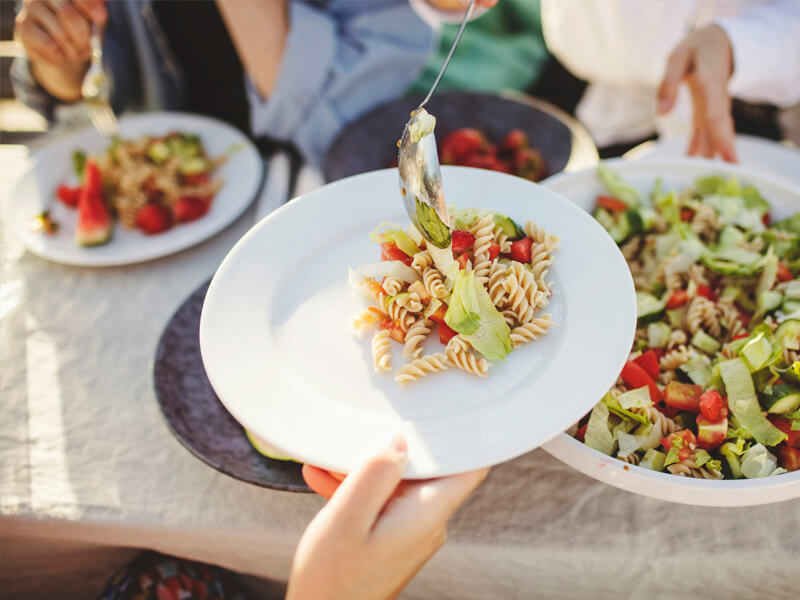
Tip #4 – Try to Order a Half Portion When Eating out
Restaurants are usually serving large portions. Typically, the serving sizes are, approximately 2.5 times larger than classic serving sizes.
You can always ask for a half portion or a children’s dish when you are eating out. This will help you prevent overeating and save you a lot of calories. As an alternative, you could order a starter and side instead of the main dish and share a meal with someone.
Other advice involves avoiding buffet-style (all-you-can-eat) restaurants where it is very easy to overeat. When
ordering vegetables or a side salad, ask for sauces and dressings to be served separately.
Overview
Prevent overeating at a Restaurant by asking for a half portion, because in restaurants, portions tend to be at least twice the size of a standard one. Order a starter instead of the main dish, and avoid buffet-style restaurants.
Tip #5 – Try to Start All Meals with a Glass of Water
If you drink a glass of water up to 30 minutes prior to a meal, it will naturally aid portion control. Using this method will make you feel less hungry. When you are well hydrated, it also helps you differentiate between thirst and hunger.
Overview
Having a glass of water before each meal can help prevent overeating and aid portion control, it can naturally result in decreased food intake and a greater feeling of fullness.
Tip #6 – Try to Eat Food Slowly
When you eat quickly it makes you less aware of getting full therefore it raises your likelihood of overeating. Slowing down can decrease your total intake as your brain can take around 20 minutes to register that you are full after eating.
Focusing on your meal and refusing to rush increases the chances you will enjoy it and control your portion sizes because eating on the go or while distracted or watching TV raises your likelihood of overconsumption.
Health specialists advise taking smaller bites and chewing every mouthful minimum of six times before swallowing.
Overview
It is better to sit down for meals with no other distractions, also eating slowly will let you control portions and help reduce your chance of overeating.
Tip #7 – Try Not to Eat Directly from the Container
Food served from large containers or Jumbo-size packages encourages overeating and less awareness of proper portion sizes. This particularly refers to snacks.
According to evidence, regardless of food taste or quality, people tend to eat more out of large packages than small ones.
Instead of eating snacks from the actual packaging, empty them into a small bowl to avert eating more than you require.
The same refers to huge portions of family meals. Re-portion it onto plates before serving, instead of serving food straight from the stove. Doing so will help to discourage overfilling your plate.
Overview
Eating food from larger packages or containers stimulates increased intake. Try re-portioning snacks into individual portions and serving family meals from plates in order to prevent overconsumption.
Tip #8 – Be Informed of Proper Serving Size
We can’t always rely on our judgment of appropriate portion size as research suggests. The majority of factors affect portion control. Investing in a scale or measuring cup to weigh food and correctly estimate your intake can be quite helpful. Awareness of proper portions can also be raised by reading food labels. When you are aware of recommended serving sizes for typically eaten foods can help you decrease your food intake.
Below you can find some examples:
1) Cooked pasta or rice: 1/2 cup [75 and 100 grams, respectively]
2) Vegetables and salad: 1–2 cups [150–300 grams]
3) Breakfast cereal: 1 cup [40 grams]
4) Cooked beans: 1/2 cup [90 grams]
5) Nut butter: 2 tablespoons [16 grams]
6) Cooked meats: 3 ounces [85 grams]
It is not always necessary to measure your meals. Yet, doing so may be useful for a short period to develop an understanding of what a proper portion size looks like. Soon you may not require to measure everything.
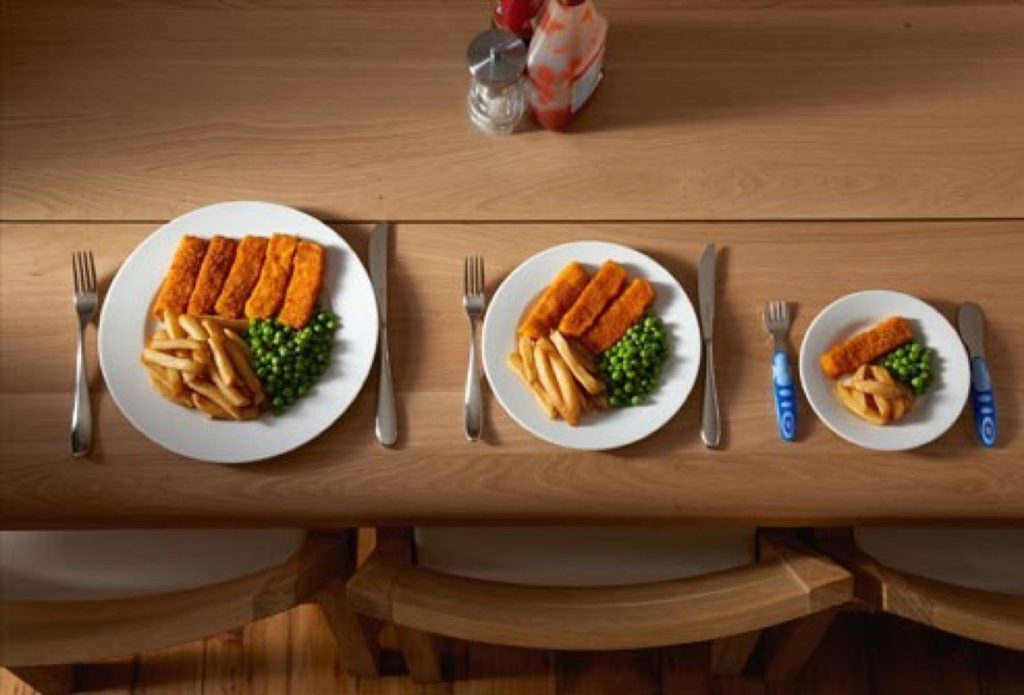
Overview
Using measuring equipment will help you raise awareness of portion sizes and accurately evaluate how much food is normally eaten.
Tip #9 – Try to Use a Food Diary
People are often surprised at how much food they eat as research suggests. If you write down all food and drink that your intake, it can raise awareness of the kind and number of foods you are consuming.
In studies about weight loss, those who held a food diary tended to lose more weight in general. This happened most likely because they became more conscious of what they ate (including their unhealthy choices) and modified their diet consequently.
Overview
Writing down your full calorie intake can raise awareness of what you consume. This can encourage you to make healthier picks and decrease your chances of overconsumption.
Main Point
Undesirable weight gain may begin with big portion sizes. Regardless, there are multiple practical steps you can take to manage portions. These easy shifts have proven successful in diminishing portions without compromising on feelings of fullness or taste.
Try to take these next steps:
– measuring your food
– using smaller dishes
– drinking water before meals
– eating slowly
All above mentioned can decrease your risk of overeating.
Portion control is a solution that improves your quality of life and may discourage binge eating.


